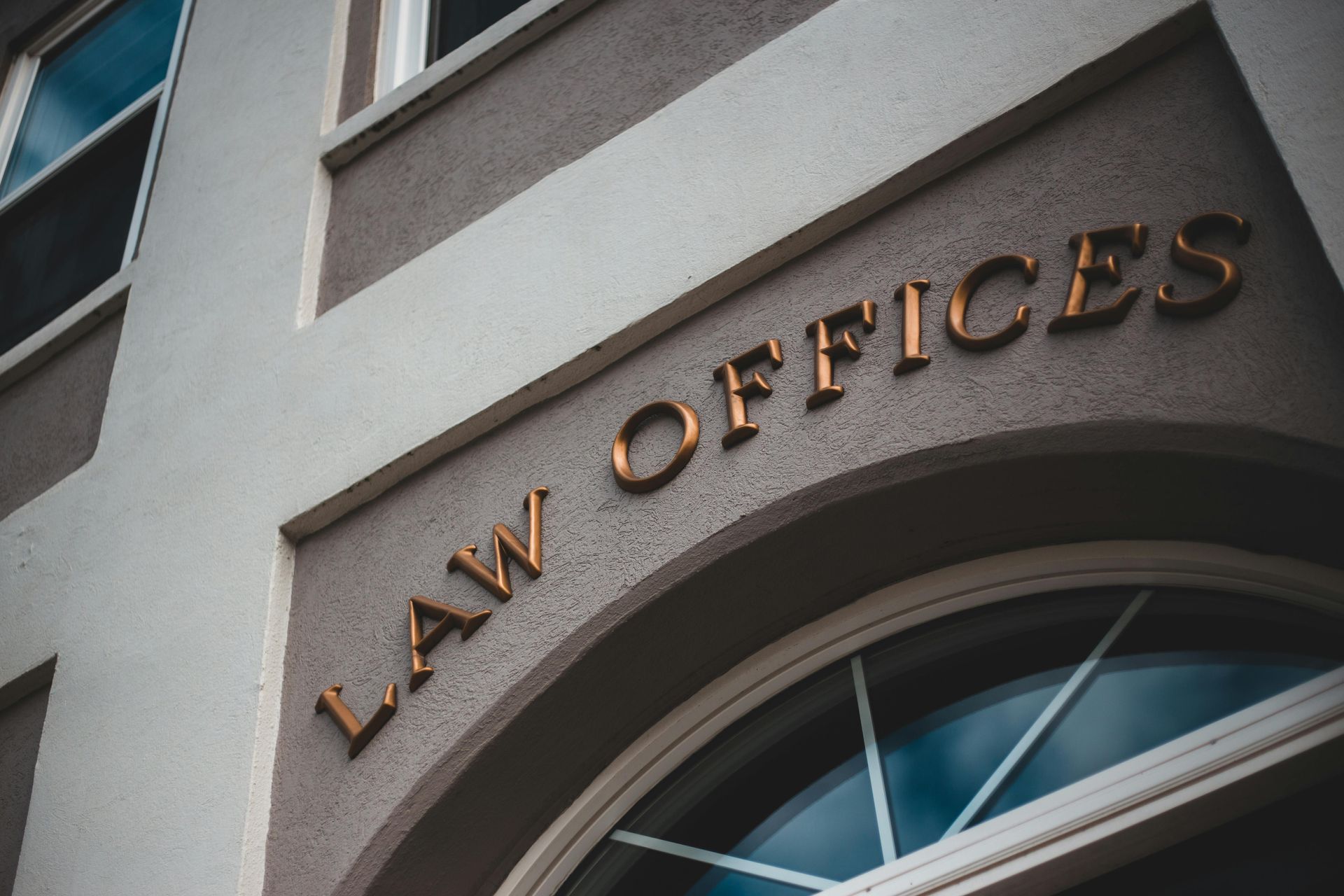Amending Your Trademark Application to the Supplemental Register
ATTORNEYS IN DALLAS
The differences between the Principal Register and the Supplemental Register maintained by the USPTO, and the implications and challenges of amending an intent-to-use application to the Supplemental Register, including changes to filing dates, potential loss of priority rights, and conflicts with other trademark applications.
Amending Your Trademark Application to the Supplemental Register
The United States Patent & Trademark Office ("USPTO") maintains two registers: the Principal Register and the Supplemental Register, as defined by the Trademark Act. Ideally, applicants should strive to have their mark registered on the Principal Register, as it offers all the advantages of federal registration. On the other hand, the Supplemental Register provides limited benefits and a narrower scope of protection. Notably, a mark on the Supplemental Register does NOT serve as prima facie evidence of registration validity or ownership, nor does it grant an exclusive right to nationwide use of the mark in commerce. These limitations can make it challenging to establish proprietary ownership of a distinctive mark in court.
In most cases, applicants will file their applications for the Principal Register. However, issues may arise if the mark is refused due to it being merely descriptive of the goods and/or services listed in the application, especially if the filing basis is intent-to-use. If the refusal cannot be overcome, the applicant may need to amend the application to the Supplemental Register. However, amending to the Supplemental Register is only possible after lawful use in commerce has occurred. This means that an acceptable Allegation of Use or Statement of Use must be filed by the applicant before the application can be transferred to the Supplemental Register, as explained in the Trademark Manual of Examining Procedure ("TMEP") §816.02.
Nevertheless, transferring an intent-to-use application to the Supplemental Register can have two significant negative implications. Firstly, the filing date will change. The USPTO will now consider the filing date of the amendment to allege use as the effective filing date (and the effective constructive use date). This is because the minimum filing requirements of 37 C.F.R. §2.76(e) are not met until an Allegation of Use or Statement of Use is submitted. The new filing date can have a critical adverse impact if the applicant relied on the original filing date to establish priority over another trademark owner. Under such circumstances, the applicant may potentially lose priority rights and jeopardize their trademark rights in a dispute.
Secondly, amending an intent-to-use application to the Supplemental Register requires a second conflict search of the Trademark Office database based on the later application filing date. This can have serious consequences for the applicant. If a new mark was filed between the original filing date and the later filing date, and if it is deemed confusingly similar to the applicant's mark, the applicant's mark will be suspended pending resolution of the earlier filed application. The suspension will only be lifted if the confusingly similar mark fails to obtain registration. Therefore, the applicant may be unable to register their mark under such circumstances.
It's worth noting that amending a trademark application from the Supplemental to the Principal Register does not alter the effective filing date. There are no limitations on the number of times an applicant can switch registers through amendments. In most trademark prosecutions, a single amendment is typically sufficient.
If an intent-to-use applicant intends to transfer to the Supplemental Register but has not yet filed the Allegation of Use, even if an alternative filing basis exists, the entire application will still face refusal unless certain actions are taken. The applicant must either delete the 1(b) basis or divide the application. For specific information on dividing an application, please refer to TMEP §§1110-1110.12. Amending applications to the Supplemental Register can involve intricacies, and it is advisable for applicants to consult an experienced trademark attorney before proceeding with the transfer.
Contact an Experienced Trademark Attorney
If you need legal advice regarding your trademark rights, assistance with trademark prosecution, or representation in a domain name dispute, contact Wilson Whitaker Rynell. Our team of trademark lawyers has extensive experience in all aspects of trademark and copyright law, including the filing of trademark applications and representing clients in defense or prosecution before the Trademark Trial and Appeal Board.
- 66(a) Applications
- Abandoning a Trademark Application or Withdrawing a TTAB Proceeding
- Abandonment and Nonuse
- Abbreviations as Trademarks
- Accelerated Case Resolutions
- Acquired Secondary Trademark Meaning
- Amending Trademark Application
- Assigning a Trademark
- Assigning a Trademark and the Intent to Use Application
- Avoiding Fraud on Trademark Applications
- Avoiding Trademark Litigation
- Basis for Filing a Trademark
- Benefits of Registering a Trademark
- Bona Fide Intent to Use
- Celebrity Trademarks
- Challenging the Relatedness Factor
- Challenging Trademark Rights
- Claims in a Notice of Opposition
- Co-Existence Agreements
- Common Law Trademarks in the Internet Era
- Common Law Use and Priority
- Conflicting Marks
- Consent Agreements
- Constructive Use Priority
- Dates of Use
- Defenses in Opposition and Cancellation Proceedings
- Descriptive or Generic Trademarks
- Design Marks
- Design Trademarks
- Determining Trademark Similarities
- Discovery in TTAB Proceedings
- Dividing a Trademark Application
- Drawing Page
- Electronic Display Specimens for Trademarks
- Evidence in TTAB Proceedings
- Evidence of Acquired Distinctiveness
- Expediting Trademark Cancellation for Nonuse or Abandonment
- Extending Time to Oppose
- Factors of a Likelihood of Confusion Analysis
- False Suggestions of Connection
- Famous Trademarks and Likelihood of Confusion and Dilution
- Filing an Opposition or Cancellation Proceedings
- First Sale Doctrine
- Five Years of Use
- Foreign Trademark Rights
- Generic Trademarks
- Geographic Trademarks
- Hiring Trademark Counsel
- Immoral and Scandalous Trademarks
- Incontestability of U.S. Trademarks
- International Trademark Filings
- Joint Trademark Ownership
- Lawful Use of a Trademark in Commerce
- Likelihood of Confusion Analysis
- Likelihood of Confusion Refusal
- Merely Descriptive Trademarks
- Multiple Bases for a Trademark Application
- Overcoming and Ornamentation Trademark Refusal
- Personal Name Trademarks
- Principal and Supplemental Registers
- Protecting Single Creative Works
- Recording Trademark Assignments
- Refusal of a Trademark
- Refusing a Trade Dress Application
- Registering a Certification Trademark
- Registering a Service Mark
- Registering a Trademark That Lacks Inherent Distinctiveness
- Registering an International Trademark
- Relatedness of Goods or Services
- Request for Reconsideration in Trademark Office Action
- Requirements for International Trademark Application
- Revive an Abandoned Trademark Application
- Secondary Meaning
- Source Confusion
- Special Trademark Applications
- Standard Character and Special Format Marks
- Standing in Opposition and Cancellation Proceedings
- State Trademark Registration
- Statement of Use Extensions
- Tacking Doctrine
- Technical Trademark Use
- The Supplemental Register
- Trade Dress
- Trade Dress Application
- Trademark Application
- Trademark Clearance Searches
- Trademark Disclaimers
- Trademark Licensing
- Trademark of Authors, Performing Artists, and Characters
- Trademark Ownership
- Trademark Protection In Texas
- Trademark Settlements
- Trademark Specimens
- Trademark Specimens
- Trademark Use by Related Company
- Trademark Use in Advertising
- Trademark Use in Commerce
- Trademarking a Distinctive Mark
- Trademarking a Hashtag
- Trademarks for Musical Artists
- TTAB Discovery Rules
- TTAB Proceedings
- U.S. Service Mark
- U.S. Trade Dress
- Understanding Trade Channels
- Unitary U.S. Trademark
- Universal Symbols as Trademarks
- Using Secondary Sources
- What is an Ex Parte Appeal?
- Where to Register a Trademark
- Who Must File a Trademark?
CLIENT MATTERS
5,000+
YEARS OF SERVICE
25+
Award Winning
Recognized in the legal industry as dedicated board-certified lawyers and Rising Stars.
Expert Team
Your project will be handled by legal experts every time. You will have the most experienced attorneys working for you.
Quality Representation











